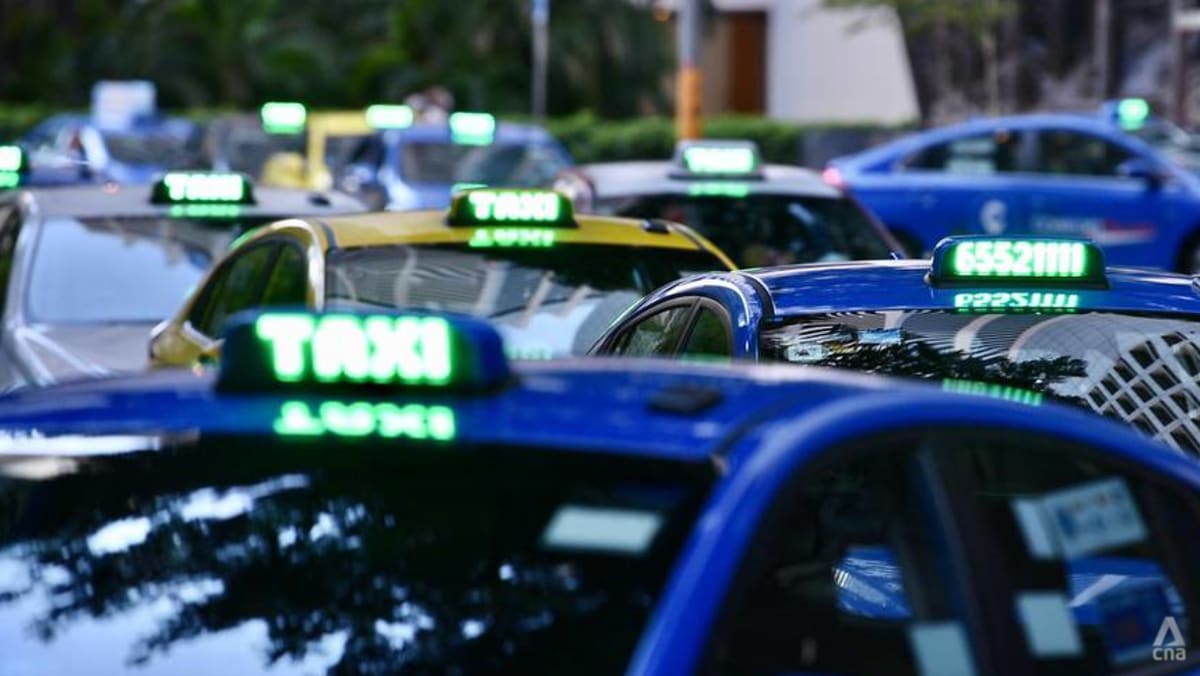FARES DECIDED BY DEMAND AND SUPPLY
While the authorities watch developments in the point-to-point sector closely, they do not set fares as these are determined by transport operators based on market competition, said Dr Khor.
“We also do not cap the number of P2P (point-to-point) drivers, but instead allow the supply of P2P drivers to move in tandem with commuter demand and price signals,” she said.
Thus, the appropriate level of supply for the sector depends on commuter demand and the fares they are willing to pay, she said.
“When demand is higher and fares increase, we can expect more drivers to enter the market. Conversely, when there is excess supply of drivers, fares will drop and some drivers may decide to exit the market,” she added.
MP Desmond Choo (PAP-Tampines) asked Dr Khor on her ministry’s views on how they can support drivers during periods of contracted low fares, where anecdotally, some drivers have reported an over 30 per cent drop in earnings in the past six months.
She responded that this dip in earnings needs to be taken “into context” – that there were periods such as at the end of the COVID-19 pandemic in 2022, as well as during festive periods and concerts early this year, where demand was high and drivers earned more.
“Hence, I think it is really important to really look at the total earnings across time instead of just lower fare periods,” she said.
Dr Khor added that the Land Transport Authority (LTA) will continue to look at ways to support the “smooth and efficient functioning of the market”.
These include measures to reduce operating costs, such as the extension of statutory lifespan for taxis which was announced earlier this year.
“The operators should pass through these cost savings to drivers via lower rentals,” she said.
LTA has also stepped up enforcement against foreign vehicles providing illegal point-to-point services which affect demand.

